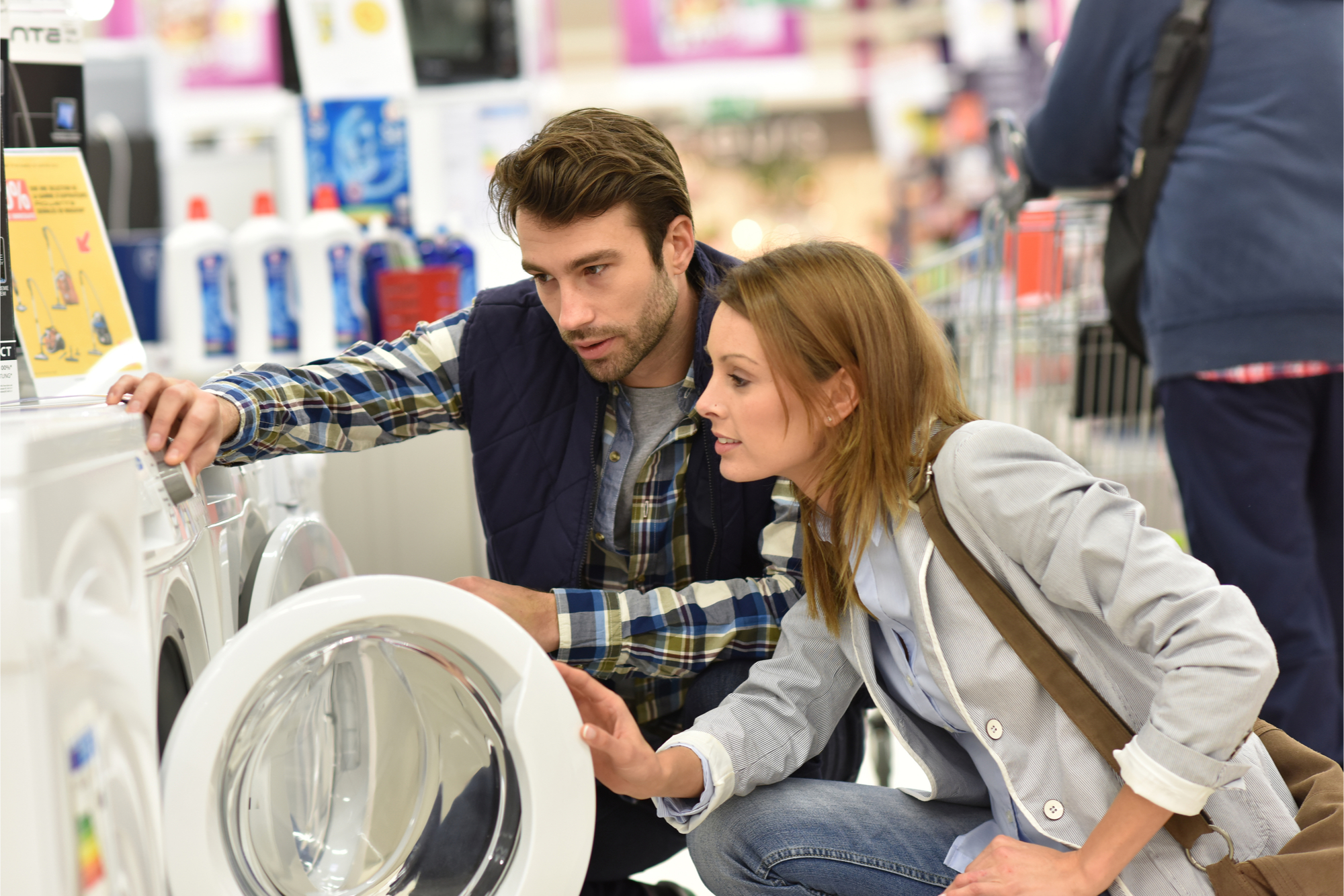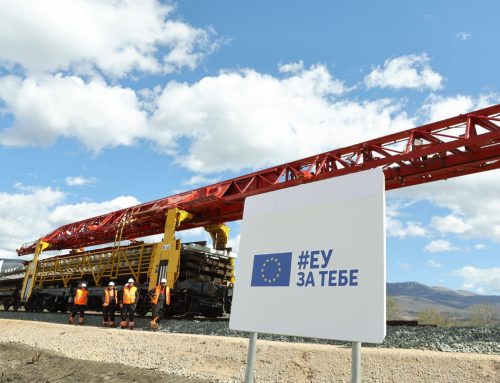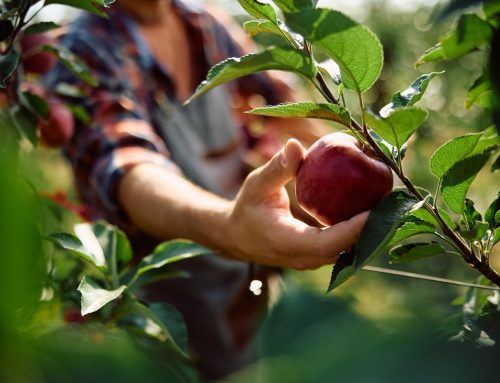When we want to buy a more energy-efficient refrigerator, washing machine or TV, where should we start? From the brand, labels, price or features of the appliance? Are consumers aware of the importance of energy-efficient products, how to read energy labels and how much they can save on their electricity bills if they use such products? These are the topics of the ongoing “Turn to Green” Campaign supported by the European Union as part of the “EU Energy Labelling and Eco-Design” project.
Making a choice on energy-efficient products should start from reading the labels, because the labels indicate how well the needs of customers are aligned with the products on the market. “When buying a new household appliance, pay attention to its energy label, because it tells you how much energy the appliance uses compared to other similar appliances. The labels helps us find the appliances that use the least amount of energy. The size of the appliance needed should also be taken into account”, advises Dr Bernard Gindroz, project leader of the “EU for Energy Labelling and Eco-Design” project.

Buying a more energy-efficient device saves money and protects the environment, because the consumption of resources is directly related to the environmental impact of the appliance. “Eco-design legislation sets the minimum energy efficiency and environmental protection requirements for household and industrial products. EU energy labels provide information to consumers about a product’s energy consumption and environmental performance and help them make better decisions”, Gindroz added.
However, how to you choose the most energy-efficient model for consumption? Gindroz stated that today, that task is quite easy, since all devices must have an EU energy label. “This label indicates the energy consumption of the device and makes it easier than ever before to compare models. Refrigerators and freezers are rated from class A to class G, with A being the most efficient and G the least efficient on the market”, explained Gindroz.
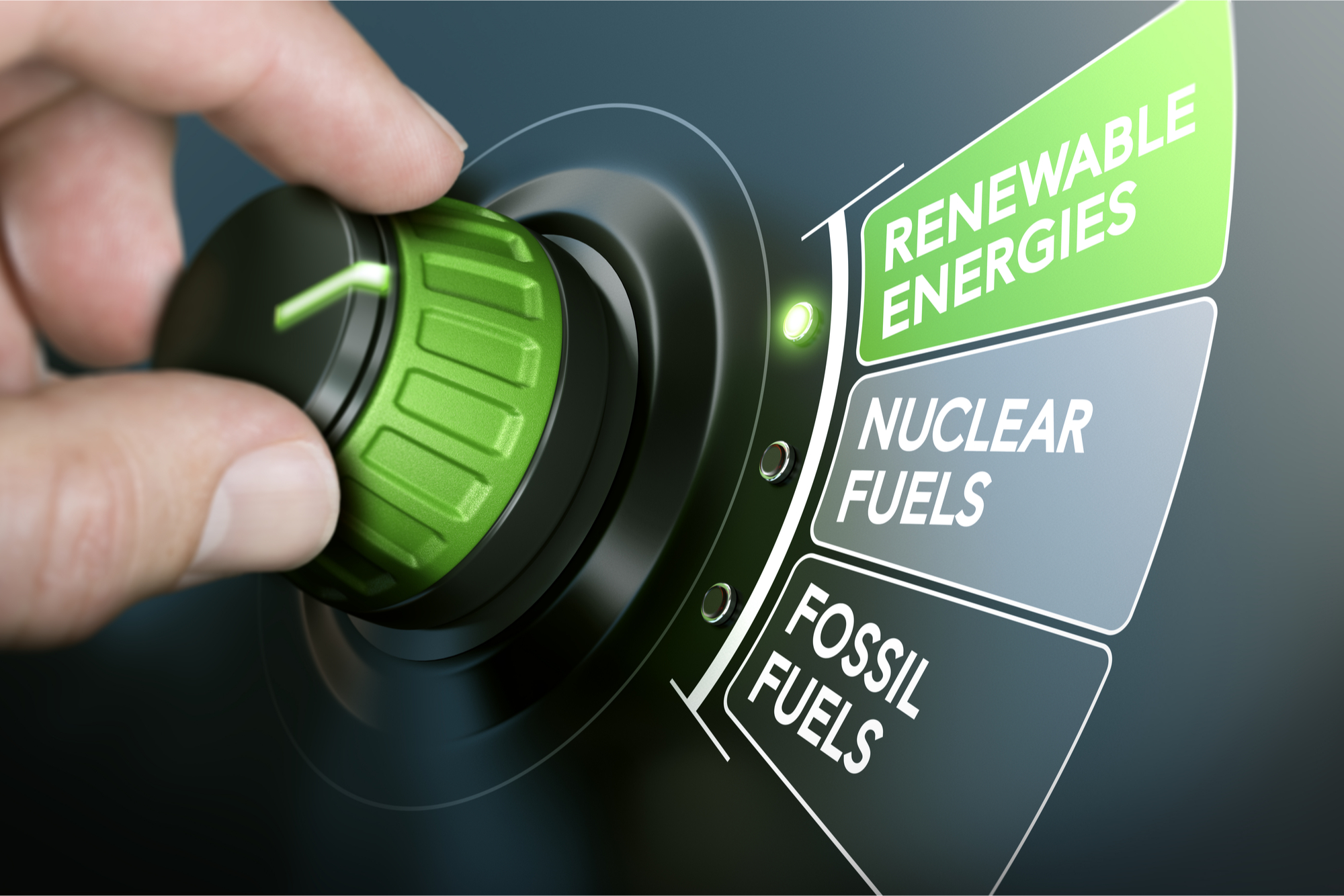
Dr Mirko Đapić, an expert in product conformity assessment, illustrated this with an example from everyday life. “If you buy an energy class G washing machine, then you should know that the machine consumes more than twice as much electricity than if you bought a class A washing machine. For some products, such as TVs or monitors, this ratio goes over four times”, emphasized Đapić.
And what if the price of a more energy-efficient appliance, labels in green and with the letter A on the label, is higher than the price of an appliance labelled in red with the letter G, that is, a less energy-efficient product? Savings, again, are in the smart shopping in the long run. Đapić stated that the price of the appliance must not be the only nor the decisive factor when purchasing it. “If you want to save money and the household budget, you should know that cheaper appliances usually consume more energy or water and create more noise during use and at the end of their life cycle, the total price paid by the consumer can be many times higher than the price of an appliance that is more energy efficient with slightly higher retail price”, explained Đapić.
Thus, consumers who use more energy-efficient products recover the initial cost through lower energy bills. Washing machines, refrigerators and cooking appliances carry energy labels and are designed to meet minimum energy efficiency standards. The result of these labels and standards also includes huge energy savings. “For consumers in the European Union, where the law on eco-design and energy labelling applies, this means savings of EUR 465 per year on household energy bills. Since refrigerators and freezers have to be turned on 24 hours a day, 365 days a year, they are big consumers in a household. In fact, research shows that they are responsible for roughly 7 percent of the average energy bill. Therefore it makes sense to look at the energy credentials of your current models”, advised Dr Bernard Gindroz and added: “The fact that a modern refrigerator consumes between 40 and 60 percent less electricity than models sold before 2000 means that you could make significant savings by replacing your old model.”
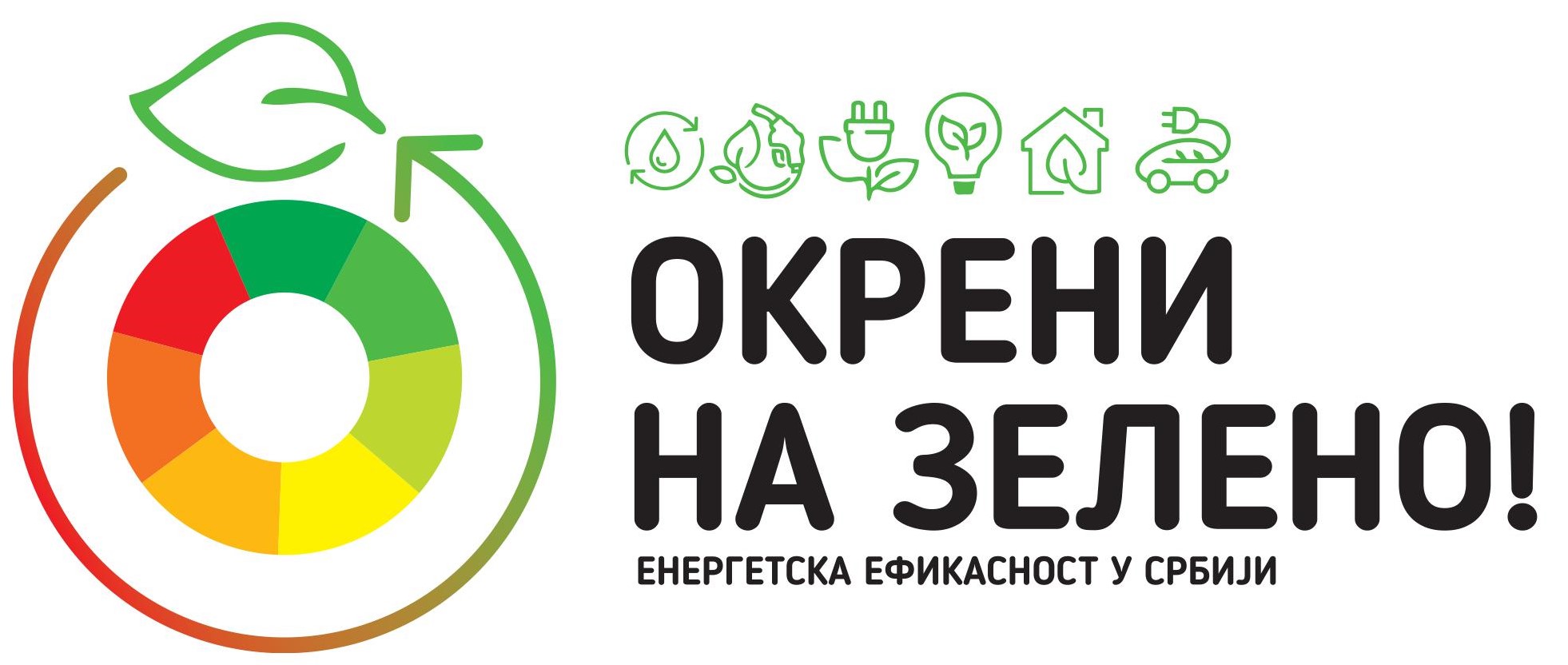
Electricity in Serbia is currently about four times cheaper that in the EU countries, but since there is not such analysis as for the EU countries, we cannot say exactly how much households could save on an annual basis. Either way, the savings would be significant.
In addition, the household budget can generate some savings if the appliances are used correctly and efficiently, i.e. as prescribed by the manufacturer. Therefore, raising awareness about the energy efficiency of products is as important for consumers as it is for sellers and the state. “Through regulations, the state has imposed an obligation on manufacturers to place clear and visible labels on products so that consumers can make a better choice when purchasing those appliances”, explained Đapić.
This means that all products covered by the relevant regulations in the EU should have a visible and comprehensible energy label, because their purpose is precisely to help consumers make better purchasing decisions. The energy labelling policy cannot be effective if the labels are not displayed or if the labels are wrong. Incorrect labels can lead consumers to buy products that use more energy or have lower capabilities than stated. When stores do not properly display energy labels, it is more difficult for consumers to make a decision and then they should ask for energy labels and, if necessary, technical documentation, before deciding to buy an appliance.
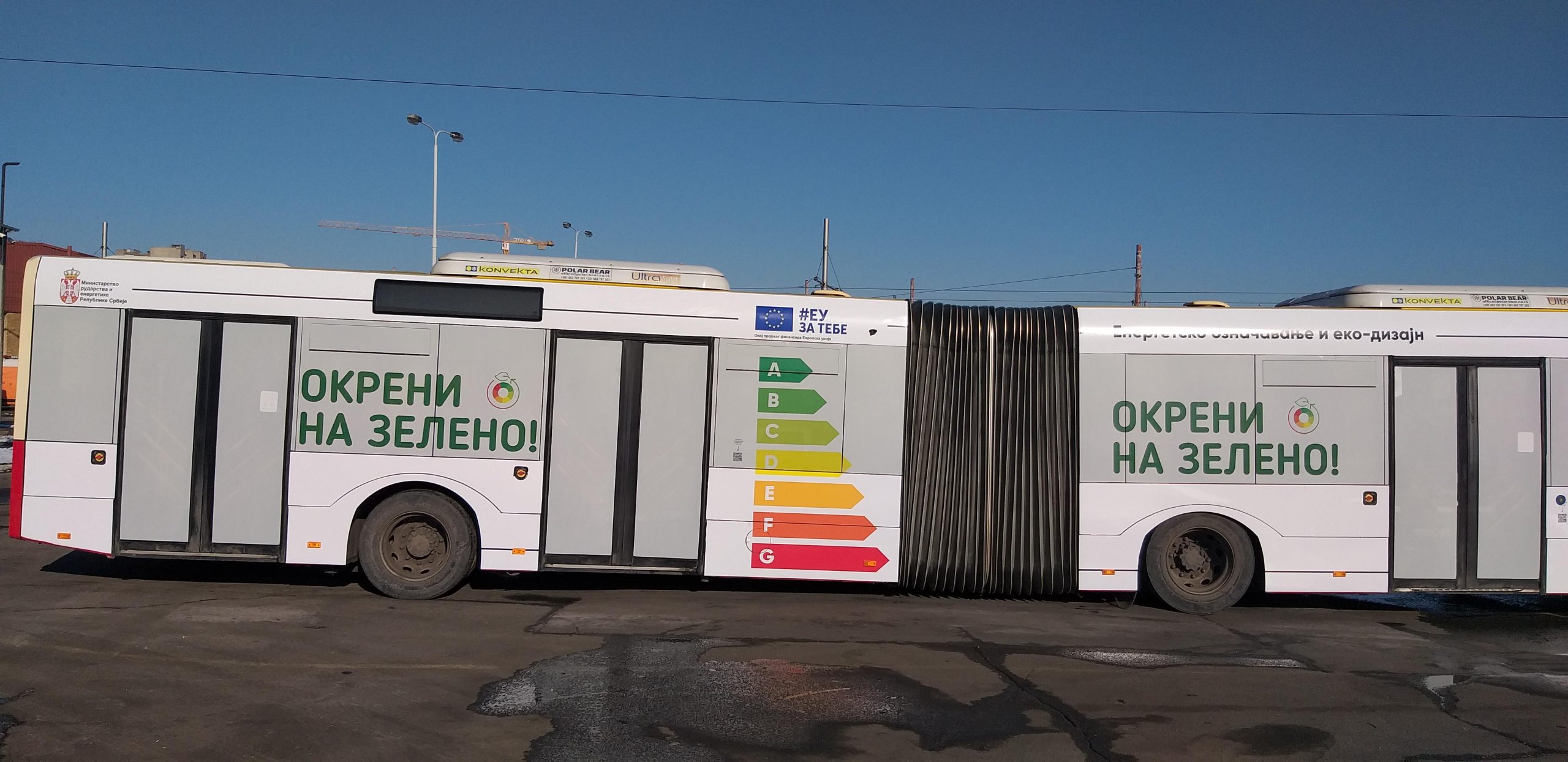
The “Turn to Green” campaign was supported by many celebrities, among others actors and influencers: Peđa Damnjanović, Slobodan Stefanović, Jeka Marić, Nina Novaković, Dušica Stamenković and Milan Vučićević.
Regarding the campaign itself and the new regulations, Milan Vučićević said that this is good news for us, because appliances marketed in Serbia are certified in the same way as those in the EU. “That is the goal of these new labels, a king of quality control, where a class A refrigerator in Germany is as energy-efficient as a class A refrigerator on the Serbian market”, said Vučićević.
The European Union is a bigger donor than all other international donors combined. In the past two decades, the EU has invested more than EUR 830 million in the energy sector. In 2022 alone, the EU support to Serbia’s energy sector is estimated at EUR 100 million.
Diversification of energy sources, security of supply, energy efficiency and decarbonisation of the economy, in accordance with the Paris Agreement, are the main objective of EU support.
The support of the European Union is realized in cooperation with the Government of Serbia. The EU will continue to support Serbia in its EU acquis harmonization and creating structures that will enable further investments in the decarbonisation of the energy sector.

